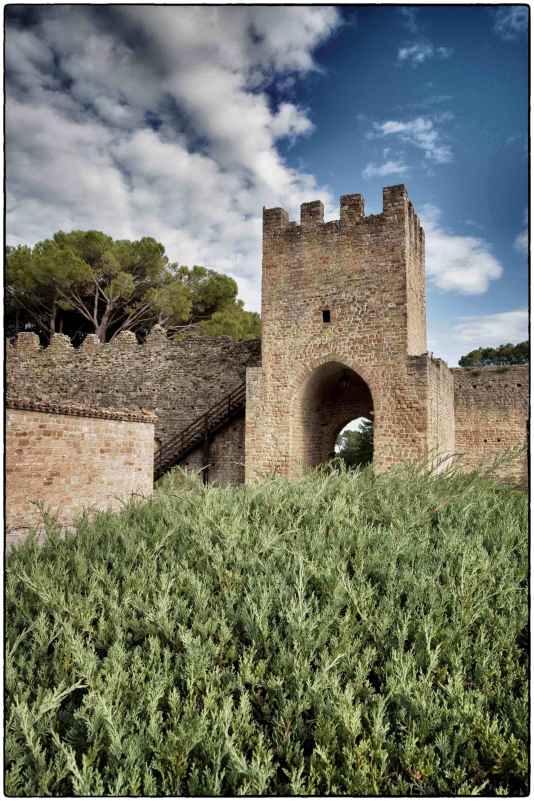The name San Ginesio derives from its Patron Saint, the Christian martyr whose remains are preserved in the principal monument of the town – the Collegiate Church. Despite its Romanesque style, it has a late Gothic façade, and inside are numerous works of art, including a wooden crucifix and paintings by “Zuccari”, “Pomarancio”, “Simone de Magistris”. The crypt houses delightful early frescoes decorated by Lorenzo Salimbeni in 1406. The Church of “San Francesco”, with its fine doorway and polygonal-shape apse, is almost of the same period as the Collegiate. The museum heritage of San Ginesio can be found in “Scipione Gentili” Art Gallery with the antique section, housing paintings dating back to the mid fifteenth century until the seventeenth century, and the modern section, with contemporary works, musical instruments and holy ornaments. The monastery of “San Liberato” is located near “San Liberato” area, in the National Park of the Sibillini Mountains. It was founded at the foot of “Monteragnolo” mountain by the Lords of Brunforte. The remains of the Blessed “Liberato da Loro” were transferred to the monastery; after embracing the rule of St. Francis of Assisi, he had retired to the monastery of Soffiano in penance, until his death. The new church was called “San Liberato”, and the Blessed “Fra’ Umile” and “Fra’ Pacifico” were also buried in this church: these two friars were companions of the Saint, as well as characters who appeared in two chapters of St. Francis’ writings – the “Little Flowers of St. Francis”. The most typical dish is “polenta” (corn mush), obtained with a variety of local corn and a sauce made of different types of meat; the wine “San Ginesio” is one of the fifteen DOC wines of the Marche Region.










